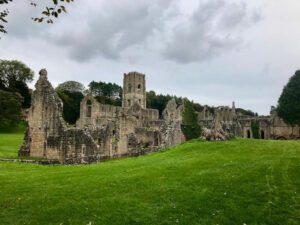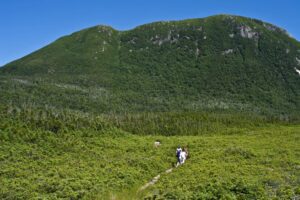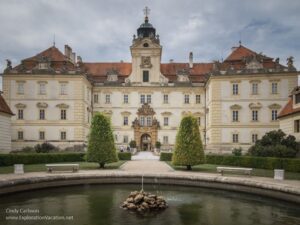Historic Centre of Warsaw
An outstanding near-total reconstruction of a centuries-old historic city center.

An outstanding near-total reconstruction of a centuries-old historic city center.

Multi-family inward-facing houses built by the Hakka minority and still used to this day.

An ancient city that is a masterpiece of Mughal architecture.

An 8th-century monastery with a beautiful Baroque cathedral and an ancient library.

A spectacular mountain and glacier landscape in the Alps.

Significant because of its urban landscape and influence on European architecture.

A spectacular nature preserve centered around Mount Kilimanjaro, the tallest mountain in Africa.

A charming and well-preserved colonial fortified city in Sri Lanka.

A beautifully-landscaped Georgian garden and a well-preserved medieval monastic ruin.

An area of natural beauty which illustrates the process of continental drift.

Two active volcanoes and a protected habitat for endemic flora and fauna.

A small mountain with a very long history as a sacred site.

A landscape exemplifying creative Dutch land reclamation.

A uniquely beautiful landscape of hills and valleys, with vineyards and wineries producing world-famous Prosecco wines.

An intact and very charming medieval city surrounding a large 13th-century castle with Gothic, Renaissance and Baroque elements.

Two castles and the extensive grounds, gardens and outbuildings around them form a harmonious man-made cultural landscape.

Four castles in Wales, fine examples of medieval defensive architecture, all built under orders of King Edward I.

The world’s oldest republic, a tiny surviving city-state on a mountain surrounded by Italy.

A city and military complex that exemplify Caribbean cities of the British colonial period in terms of their architecture and layout.

An ancient and still active volcano, influential in the sciences of volcanology and geology.

A well-preserved and impressive masterpiece of Late Flamboyant Gothic architecture with Manueline Baroque elements.

A spectacular landscape of karst landforms, lakes and waterfalls, home to a range of endangered species.

A largely intact earthen fortified village that lends insight into traditional Moroccan life.

A 3-tiered stone aqueduct and bridge that demonstrates Roman-era construction processes.

Ruins of an important temple complex dedicated to Zeus, and the site of the first Olympic games.

A tiny city-state with a long history at the center of the Catholic Church and containing magnificent works of art and architecture.

A stunning natural landscape and seascape of tall limestone pillars and islands.

Rock formations bearing a huge collection of petroglyphs spanning thousands of years.

A vast gorge cut over the ages by the Colorado River, revealing 2 billion years of geologic history.

A 365-hectare corridor that encompasses many of the most famous sights in Paris, spanning centuries of the city’s development.

Evocative Incan ruins in a magnificent mountainous setting.

Colonial-era structures that demonstrate defensive architecture as it was adapted from European designs for a tropical environment.

Ruins of what was a magnificent palace complex over 2000 years ago, capital of the Achaemenid Empire.

A 1920s family house exemplifying the ideals of the De Stijl group of architects and artists.

300 years of printing history and domestic life, with art by Rubens.

Breathtakingly beautiful snow-capped mountains, including Mt Everest; endangered species; and a Nepali Sherpa population that practices Tibetan Buddhism.